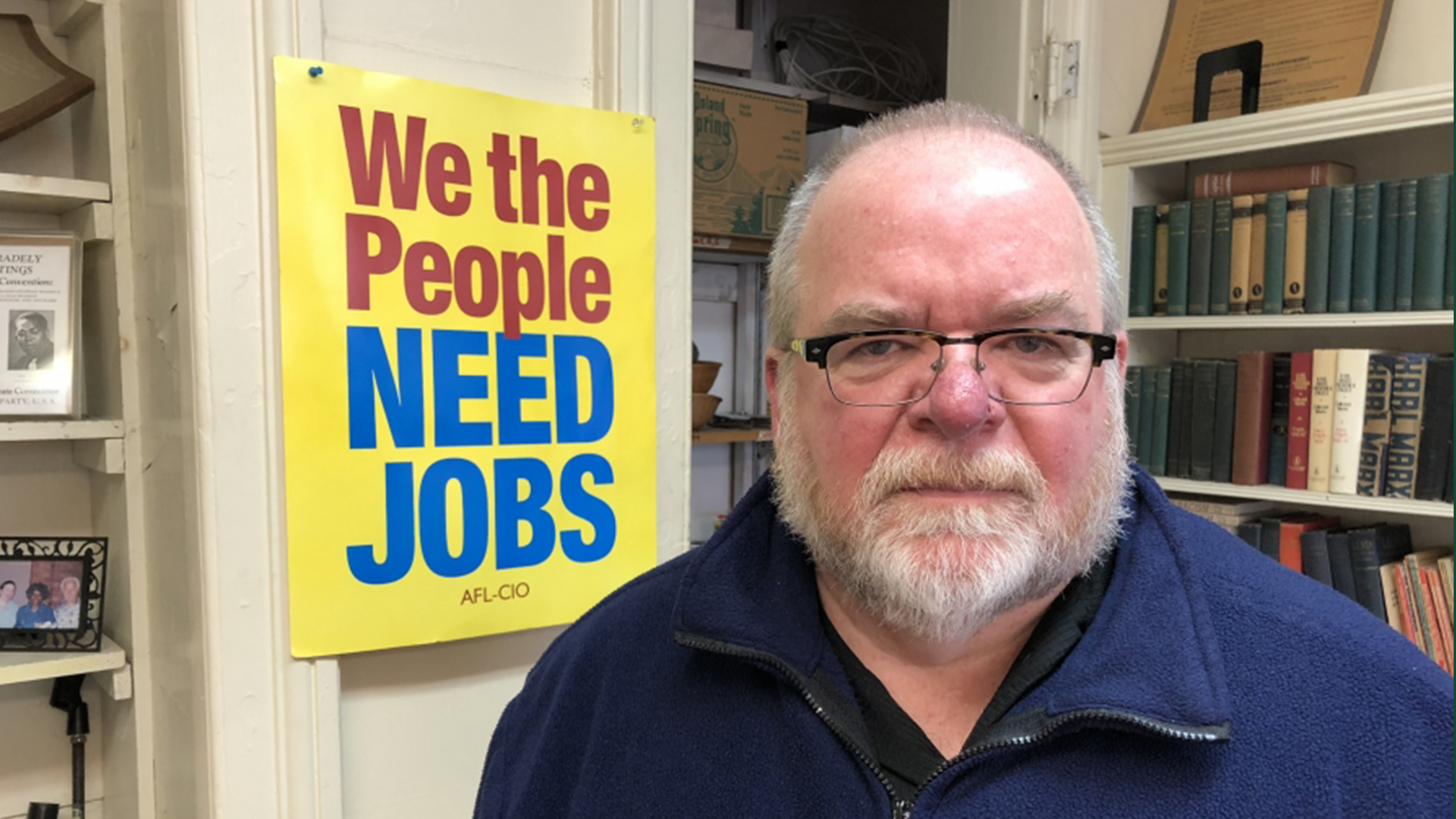
A Convergence workshop led by John Harrity, retired President of the Connecticut International Association of Machinists and chair of the Connecticut Roundtable on Climate and Jobs (pictured above), consumer-tested a survey that unions and other labor organizations can use to find out the impact of climate change on our members’ jobs and communities—and to stimulate a discussion of what that means for labor.
Harrity outlined several reasons for local unions, labor councils, state or regional organizations to do this survey:
INPUT FROM THE MEMBERSHIP: The survey should give you information about the current and anticipated impact of climate change on your members.
ANALYSIS INSTEAD OF EMOTION: We need to have serious and fact-based discussion about climate change and our jobs and communities. This survey is a way of focusing on the issues, rather than the fear and anger members may feel.
SHIFT DISCUSSION FROM BLAMING “ENVIRONMENTALISTS” TO
UNDERSTANDING THE ENVIRONMENT: The threat to jobs is not due to people who recognize climate change and the need to respond. It is the result of climate change and carbon buildup.CONVINCE LEADERSHIP IT IS TIME TO ENGAGE AND BEGIN PLANNING: The survey should provide Union leadership with evidence that they need to begin tackling this issue.
FORCE LEADERSHIP TO ACT: Union leadership needs to feel pressure from the membership to get going on this. The survey should help make that case.
RESET THE DEBATE BASED ON REALITY: The survey should help show, based on what members see happening around them, that climate change is already impacting our lives and cannot be ignored.
After taking the survey themselves, workshop participants made constructive suggestions for improving it, then voted overwhelming to encourage LNS to make the survey available for wide use by labor organizations. Unions from one state after a brief caucus estimated that they could survey at least 1000 workers right off the bat.